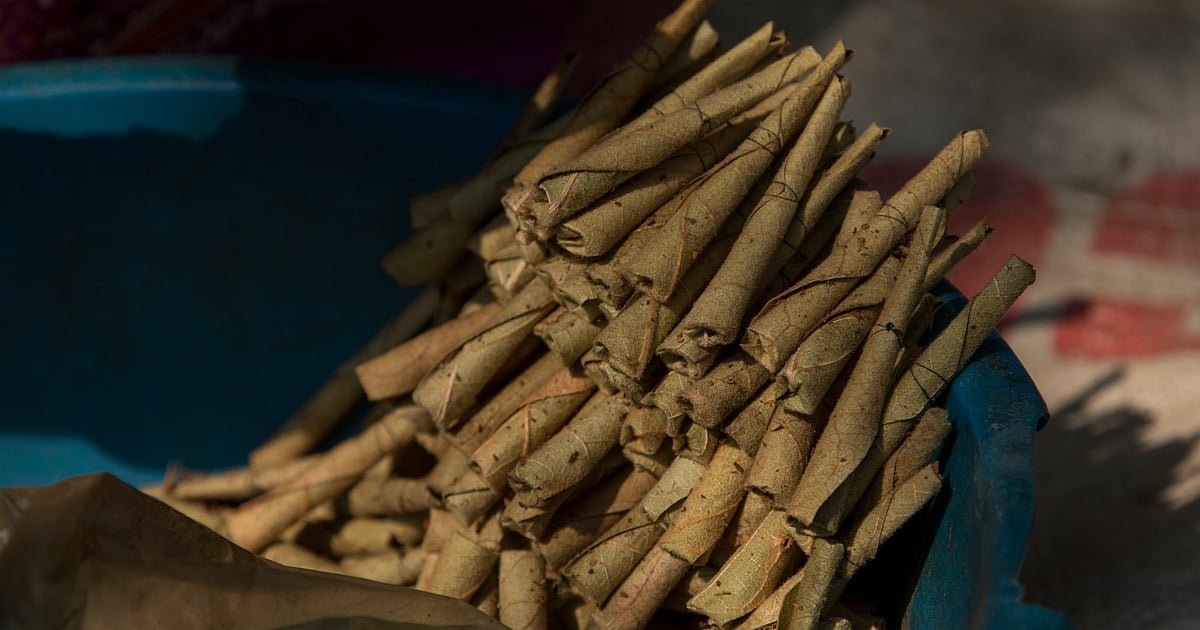The heart of that answer lies with the rural economy. According to government data, there are 49.82 lakh registered bidi workers, largely in small towns and villages.
Research collated by Frontiers shows that the bidi workforce is overwhelmingly female and home-based. In fact, 90% of the home-based bidi-making employment is dominated by women.
In rural and economically backwards areas, bidi-making is a piece-rate work that can be done from home, fitting around childcare and farm cycles.
However, low wages have always been a concern in this industry, with a 2023 British Safety Council report noting that a bidi worker earned 17% of the wage of an average worker in registered manufacturing in 2010–11.
The same report suggests that in West Bengal, workers often receive around Rs 150 per 1,000 bidis.
Another study from PubMed documents typical output of roughly 400–700 bidis a day from an average work, which, if accounted into the aforementioned rates, comes down to meagre daily income.
Keeping these factors in mind, a relief on taxes on bidi likely means two things: the government is looking to protect cash income for bidi rollers during a weak rural cycle, as cheaper bidis usually lead to higher consumption.
Another interesting factor to note is the relief on tendu or bidi wrapper leaves, which is a minor forest produce collected seasonally by lakhs of adivasi and rural households across central India.
Lowering GST here reduces input costs upstream without changing the final tax treatment of bidi. Ultimately, this helps protect a fragile forest-based livelihood.



